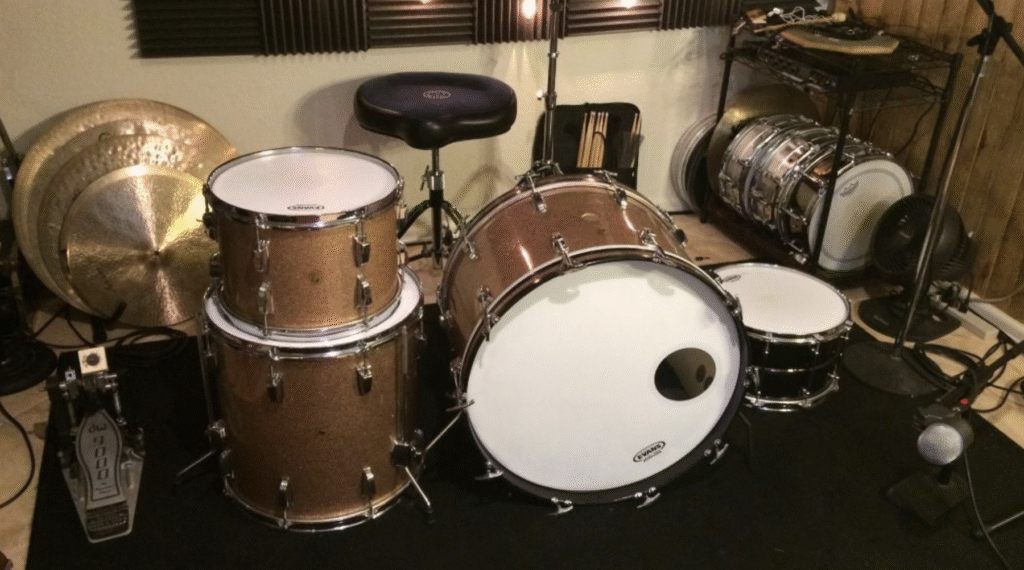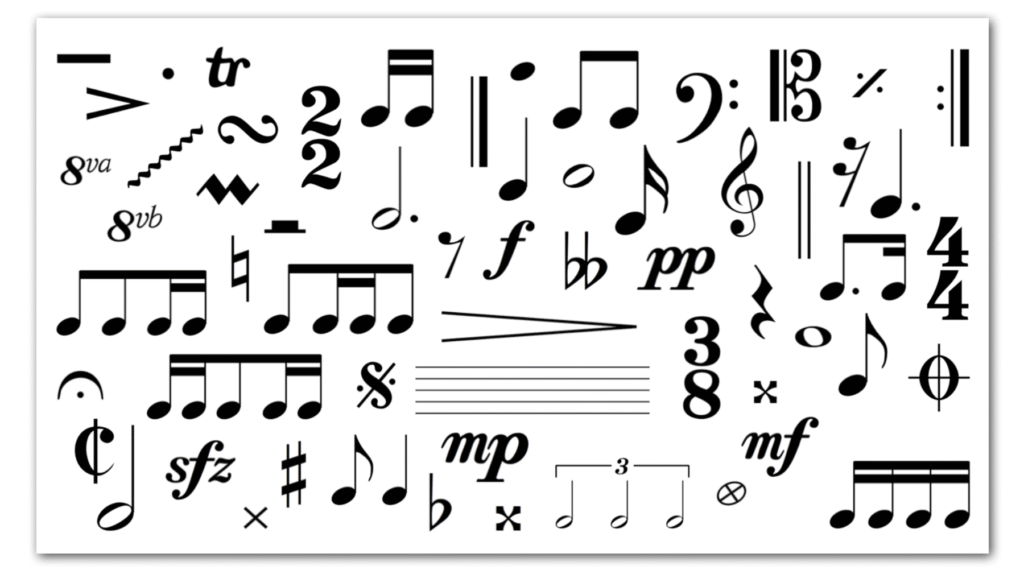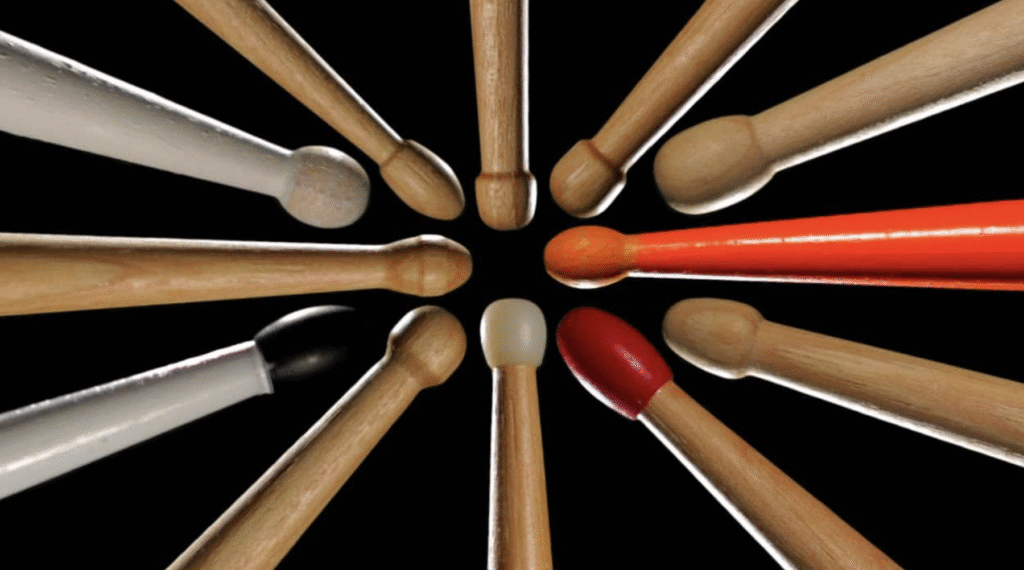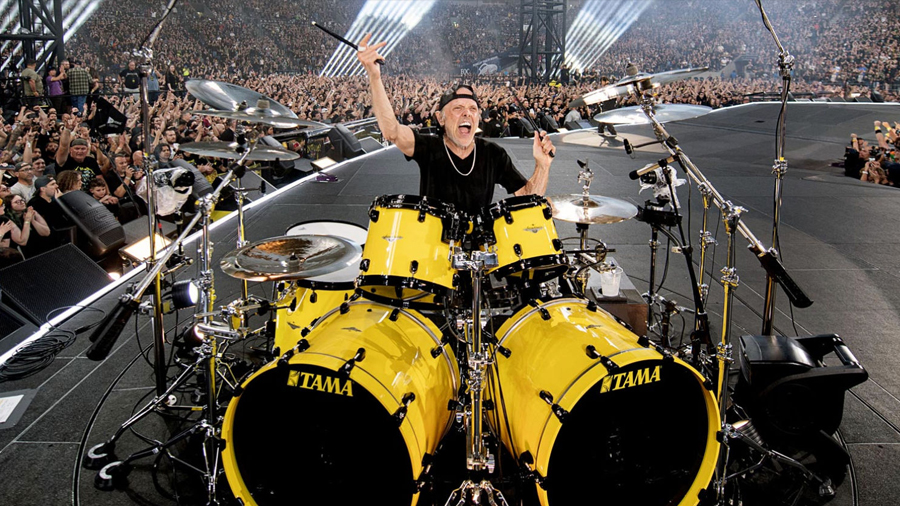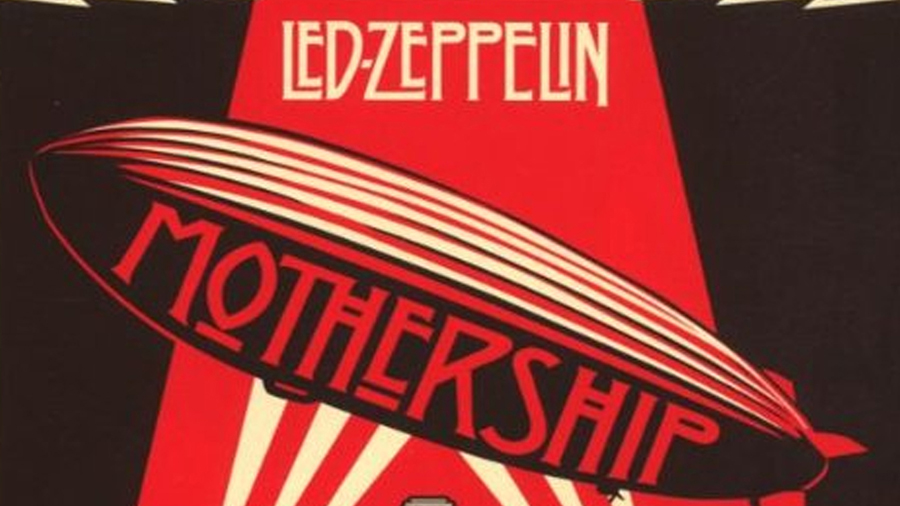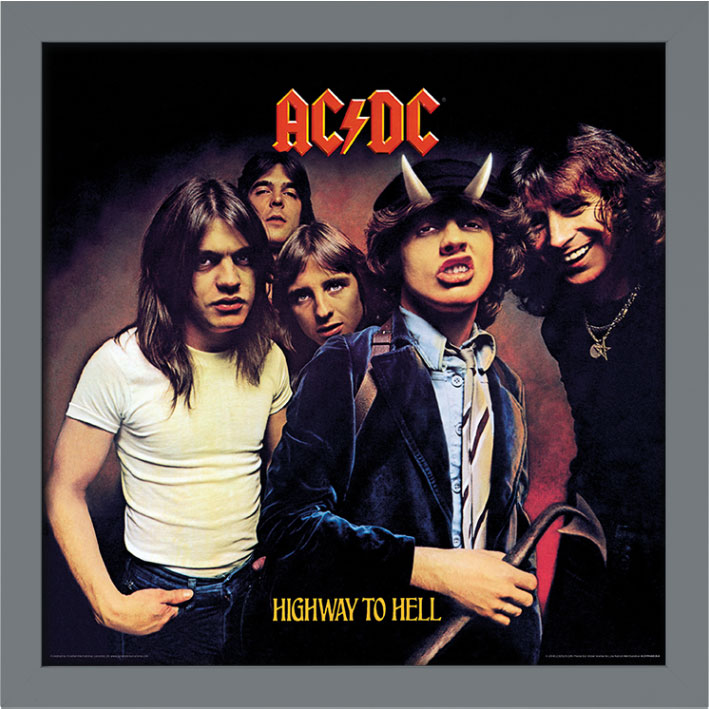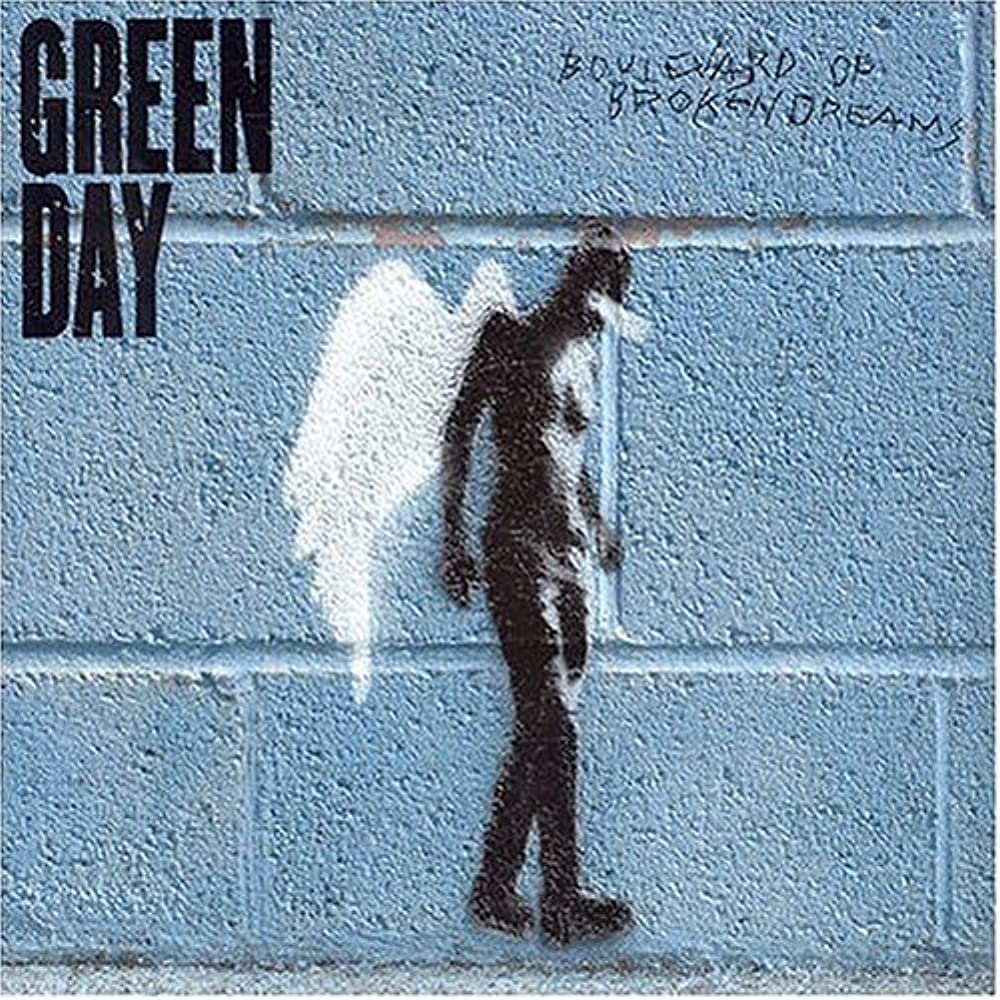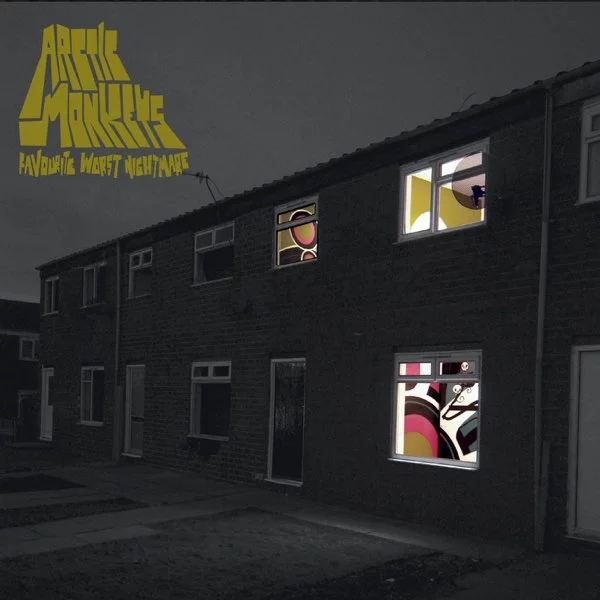Keith Moon
Keith Moon was as famous for his off stage antics as his fast and furious drumming style with 1960’s band The Who.
Starting out in the 1960’s Keith was the first Rock Star drummer and was notorious for destroying his drum kits after shows- once famously dynamiting his drums to bits on a T.V show. Apart from this he was a fine drummer and helped bring drumming to the forefront of music by playing his drums like a “lead” instrument. Check out the track “Won’t Get Fooled Again” below from the album ‘Who’s Next’ for an example of Keith Moon at his best.
NAME: Keith Moon
BAND: The Who
DRUM BRAND: Premier
FUN FACT: Once blew up his own drums with gun powder!
Keith Moon Drummer of The Who
Keith Moon drummer of The Who, was unlike any other rock drummer before or after him. From wild stage antics to innovative fills, his style pushed boundaries. He didn’t just keep time—he tore it apart and rebuilt it in his own chaotic, brilliant way.
Keith Moon wasn’t about playing “in the pocket.” He played around it, through it, and on top of it. His playing was full of surprise, emotion, and movement. As a result, his drumming sounded more like a solo performance than background rhythm.
While some drummers focus on structure, Moon focused on feel. He was loud, fast, and unpredictable. However, there was always musical purpose in his madness.
Early Life and Career Beginnings
Keith Moon was born in 1946 in London. As a boy, he showed a keen interest in sound and rhythm. By his teenage years, he had taken up the drums and begun playing with local bands.
Eventually, his talent caught the attention of The Who. In 1964, he joined them, completing the classic lineup. From then on, the band’s live shows became legendary.
Although Moon had no formal training, his playing was instinctive and innovative. He added something entirely new to the rock drumming scene.
Keith Moon’s Unique Drumming Style
Keith Moon’s style was like nothing anyone had heard before. Instead of locking into a groove, he filled every space with explosive creativity. As a result, his drumming demanded attention.
His signature approach included:
-
Continuous tom rolls instead of hi-hat grooves
-
Heavy cymbal crashes placed unpredictably
-
Double bass drums for added drive
-
Constant movement between drums and cymbals
Because he rarely repeated a pattern, each performance felt alive. Even in the studio, his playing was spontaneous and full of energy.
Moreover, his timing was unusual. He often played slightly ahead or behind the beat. This created a unique tension that defined many of The Who’s songs.
Iconic Performances That Made History
Throughout his career, Moon delivered unforgettable performances. For instance, his drumming on “My Generation” features explosive fills that became instantly iconic.
Similarly, “Won’t Get Fooled Again” builds toward a climactic finish driven by his power. In live versions, Moon pushed the tempo, adding intensity to every bar.
Another standout performance is the live album Live at Leeds. There, you can hear Moon’s unfiltered energy and fearless creativity. Even when things got chaotic, he held the performance together through sheer passion.
In many cases, he destroyed his drum kit on stage—literally. These antics became part of his legend, but they never overshadowed his talent.
Drumming Beyond Timekeeping
Moon’s approach to drumming was revolutionary. Rather than simply marking time, he used rhythm to tell a story. Every fill had emotional weight.
Consequently, he proved that drummers could be lead performers. His playing shaped songs just as much as vocals or guitar.
Although his style seemed chaotic, it was deeply musical. He followed the song’s mood instead of a strict meter. Therefore, each performance felt like a conversation between instruments.
Many drummers play it safe. Keith Moon showed that breaking rules can result in greatness.
Influence on Modern Drummers
Keith Moon inspired generations of drummers across genres. In fact, his influence still echoes today.
For example, Taylor Hawkins of Foo Fighters often cited Moon as his hero. Likewise, Travis Barker of Blink-182 built his punk style on similar foundations. Stewart Copeland and Dave Grohl also credit Moon for shaping their approach.
Because of Moon, many drummers learned to embrace risk. They saw that feel, creativity, and personality mattered as much as technique.
Even now, young drummers study his work to understand what it means to truly express yourself behind the kit.
Learning from Keith Moon’s Style
Learning from Moon doesn’t mean copying him. Instead, it means finding your own voice, just as he did.
Here’s how you can take inspiration from his playing:
-
Focus on dynamics and expression
-
Use the entire drum kit, not just the snare and hi-hat
-
Play with tempo for emotional effect
-
Trust your instincts when improvising
-
Let the music guide your choices
Moreover, listen to live recordings. You’ll hear how Moon adjusted his playing to fit each moment. That kind of musical sensitivity can’t be taught—it’s learned through practice and listening.
The Man Behind the Madness
Keith Moon wasn’t just a great drummer—he was a larger-than-life character. His wild lifestyle, prankster behavior, and stage antics made headlines. Still, his passion for music always came first.
Unfortunately, his lifestyle took a toll. Moon passed away in 1978 at the age of 32. Although he died young, his impact on drumming continues today.
He left behind a legacy not just of great music, but of fearless self-expression. His name still stands as a symbol of originality and spirit.
Final Thoughts
The Keith Moon drummer legacy teaches us that drumming is about more than technique. It’s about energy, creativity, and individuality. Moon didn’t play for perfection—he played from the heart.
Because of his fearless approach, he inspired countless drummers to take risks. And for that, he will always be remembered.
At Drumnuts, we celebrate drummers like Keith Moon who changed the game. Whether you’re a beginner or seasoned player, you can learn a lot from his wild, expressive style.
If you’re inspired by Keith Moon, check out our free lessons, sheet music, and rudiment guides to start building your own voice—just like he did. And next time you sit behind the kit, ask yourself: what would Keith Moon do?


